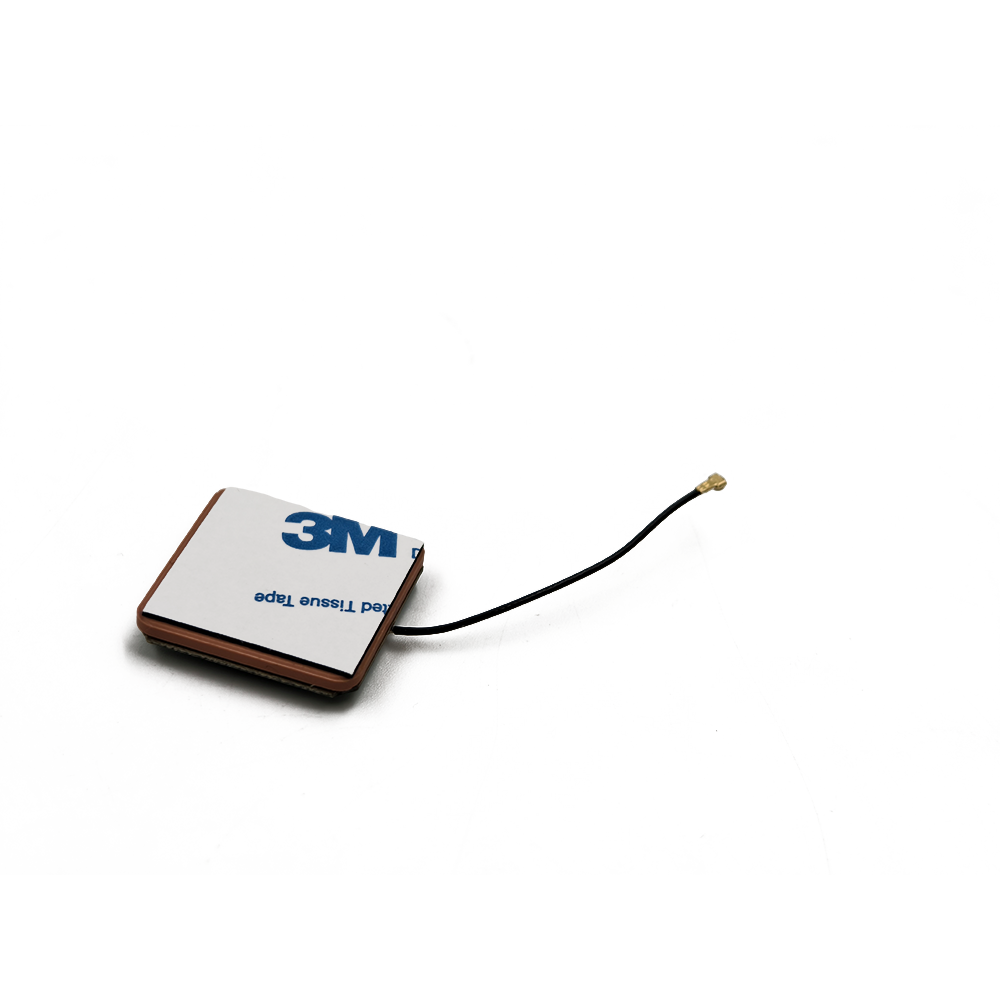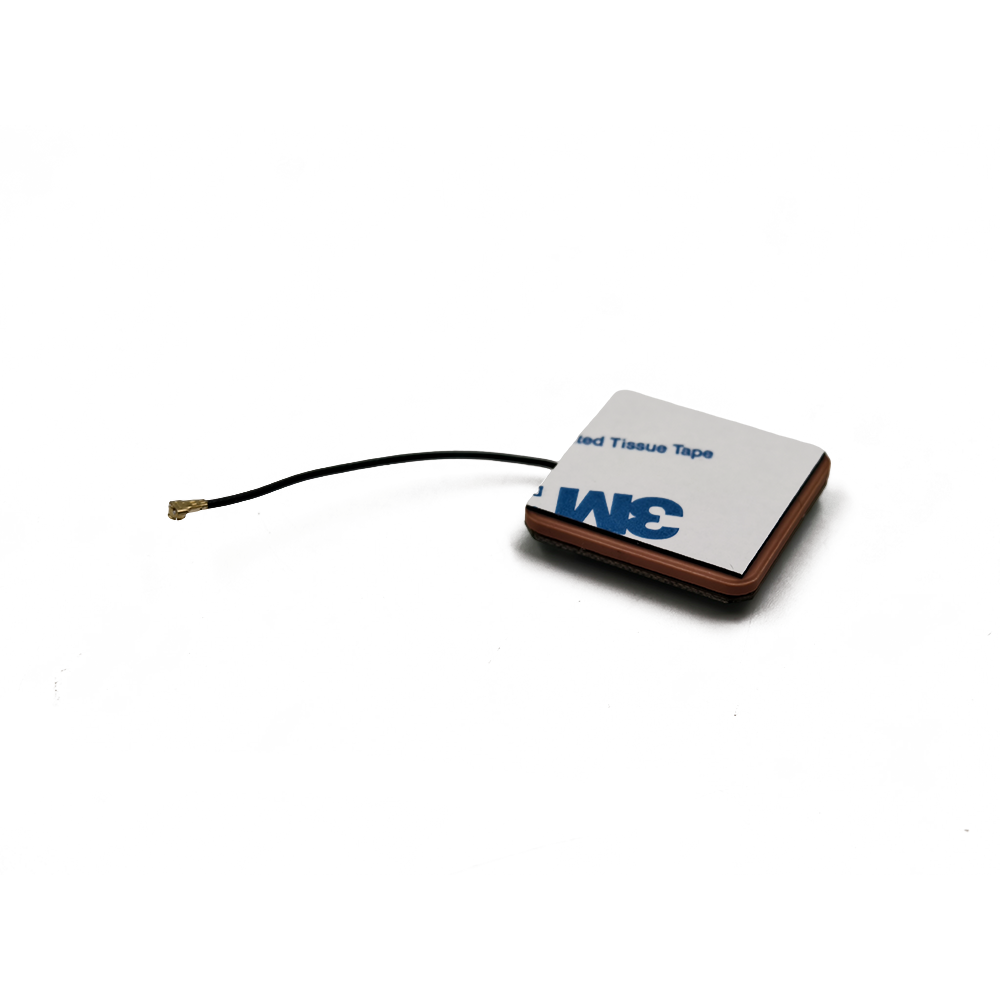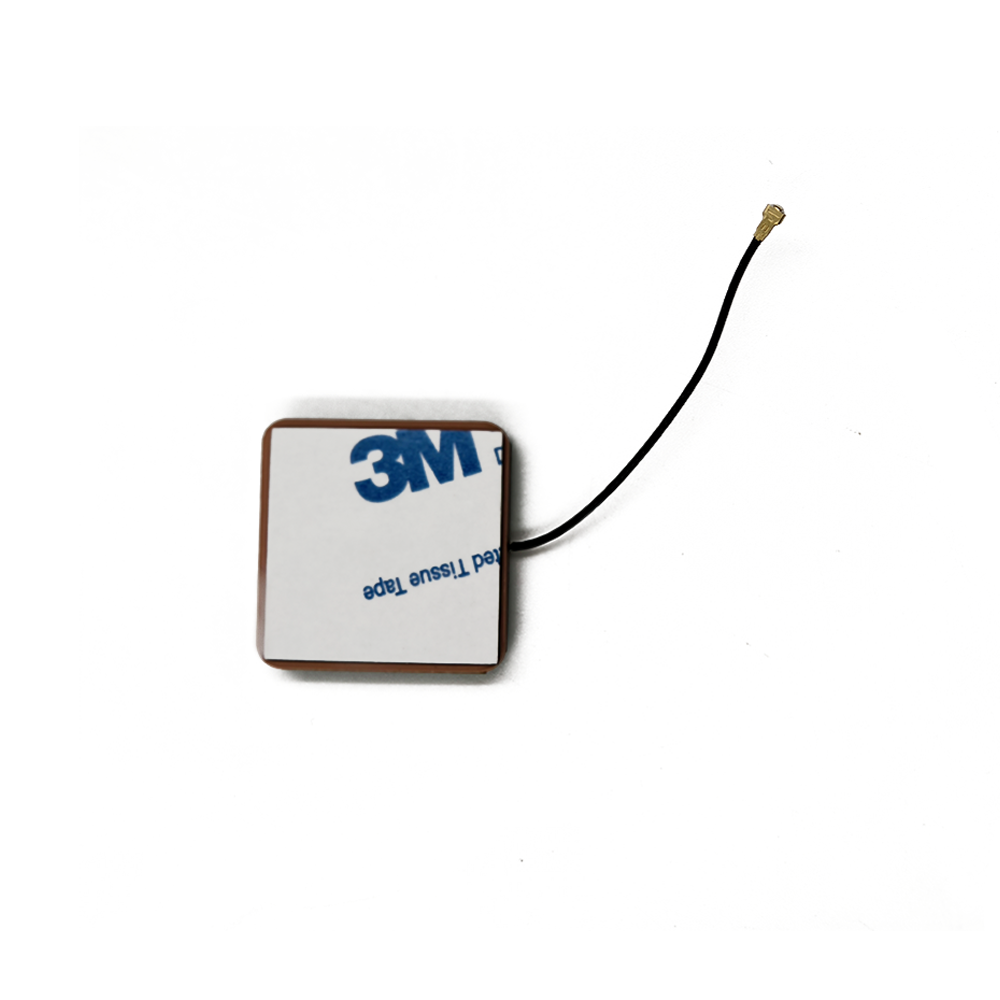The integrated GNSS ceramic patch antenna is a versatile technology that has found its way into an astonishingly diverse range of applications. Its evolution is also ongoing, driven by the increasing demands of new and emerging technologies.
Applications:
Consumer Electronics: This is the highest-volume application.
Smartphones and Tablets: Essential for navigation, location-based services, geotagging, and emergency location (e.g., E911).
Wearables: Fitness trackers and smartwatches use them for tracking runs, cycles, and hikes.
Personal Navigation Devices (PNDs): Though largely superseded by smartphones, they were a key driver of early adoption.
Cameras: For geotagging photographs.
Drones (UAVs): Critical for navigation, stabilization, autonomous flight, and return-to-home functions.
Automotive:
Telematics Units: For emergency call systems (e.g., eCall), stolen vehicle tracking, and usage-based insurance.
Advanced Driver-Assistance Systems (ADAS) and Autonomous Vehicles: Provides absolute positioning, which is fused with data from inertial sensors, lidar, and radar for high-integrity navigation. This demands high-precision, multi-band antennas.
In-Vehicle Infotainment (IVI): For navigation and location-based services.
Industrial and IoT:
Asset Tracking: Used in modules for tracking containers, pallets, and high-value assets across global supply chains.
Fleet Management: Devices installed in trucks and vans to monitor location, routing, and efficiency.
Precision Agriculture: Guides tractors and machinery with centimeter-level accuracy for automated planting, fertilizing, and harvesting.
Surveying and Mapping: High-precision receivers used in construction and civil engineering rely on advanced multi-band antennas.
Timing and Synchronization: Used in telecommunications networks (e.g., for 5G base station synchronization) and power grids where precise UTC time is required.
Marine and Aviation:
Recreational Marine: Chartplotters and fishfinders.
Avionics: Often as a backup or supplementary navigation system in general aviation.
Future Trends:
Multi-Band/Multi-Constellation Support: The future is about leveraging all available satellites from all constellations (GPS, Galileo, GLONASS, BeiDou) across multiple frequency bands (L1, L2, L5, E6). L5 and E5 bands offer higher power, better resistance to interference, and enable civilian-grade high-precision positioning. Future antennas will need to be wideband or have multiple resonant elements to cover these bands simultaneously without performance degradation.
High-Precision for Mass Markets: Technologies like Real-Time Kinematic (RTK) and Precise Point Positioning (PPP), once reserved for surveyors, are trickling down to automotive, robotics, and even consumer devices. This demands antennas with extremely stable phase centers—the electrical point from which radiation appears to emanate. Any movement of this point with angle or frequency introduces error. Future designs will focus on maximizing phase center stability.
Enhanced Interference Mitigation: The RF spectrum is becoming noisier. Future antennas will integrate more sophisticated filtering technologies, such as Adaptive Interference Cancellation, where the antenna system can actively detect and nullify jamming or spoofing signals.
Tighter Integration and "Antenna-in-Package": The trend is towards even greater integration. We will see the GNSS antenna integrated directly into the module that contains the RF front-end and the GNSS system-on-chip (SoC), creating a complete "GNSS engine" in a single package.
Hybrid and Smart Antennas: The antenna will not work in isolation. It will be part of a sensor fusion hub that includes inertial measurement units (IMUs), cellular modems, and WiFi chips. "Smart" antennas that can switch patterns or characteristics based on the environment (e.g., compensating for hand effects in a phone) are an area of research.
New Materials and Structures: Research continues into novel ceramic composites and metamaterials that offer even better performance characteristics—such as wider bandwidth from a smaller volume or patterns that can be electronically steered.
Resilience for Safety-Critical Applications: For autonomous vehicles and urban air mobility (e.g., flying taxis), GNSS integrity is paramount. Future antennas will need built-in features for detecting faults and ensuring the signal used for navigation is authentic and trustworthy, resistant to both unintentional interference and malicious spoofing attacks.
The integrated ceramic patch antenna, therefore, is not a static technology. It is dynamically evolving to meet the challenges of providing ever-more precise, reliable, and robust positioning for the next generation of connected and autonomous systems.
Conclusion
The integrated GNSS ceramic patch antenna stands as a quintessential example of how innovative engineering can overcome physical constraints to enable transformative technologies. From its roots in specialized aerospace applications, it has matured into a mass-produced, ubiquitous component that is fundamental to the location-aware revolution of the 21st century. Its journey is a narrative of successful miniaturization, clever material science, and sophisticated system integration.
Its core value proposition remains unchallenged for a vast array of applications: it provides a robust, cost-effective, and highly performant solution for receiving satellite signals in a form factor that aligns perfectly with the demands of modern electronic design. The integration of the passive radiating element with an active low-noise amplifier and filtering within a single, shielded package created a paradigm shift, moving the antenna from a peripheral concern to a standardized, plug-and-play subsystem. This democratized high-quality GNSS performance, making it accessible not just to military and industrial users but to every consumer with a smartphone.
However, as we have explored, this technology is not without its compromises. The trade-off for its compact size is inherent narrow bandwidth and a performance profile that is intimately tied to its installation environment. These limitations define the boundaries within which engineers must work and are the driving forces behind ongoing research and development. The future challenges of multi-band support, high-precision positioning, and operation in increasingly hostile RF environments are pushing the technology to new heights. The evolution towards wider bandwidths, more stable phase centers, and integrated interference rejection is well underway.
In the grand ecosystem of GNSS, the antenna is the critical gateway. No matter how advanced the receiver chipset is, its performance is ultimately bounded by the quality of the signal presented to it. The integrated ceramic patch antenna, therefore, is not merely a component but a foundational technology. It has reliably served as this gateway for decades and continues to adapt and evolve. As we move towards a world of autonomous systems, pervasive IoT, and ever-greater reliance on precise timing and location, the humble ceramic patch will undoubtedly continue to play its silent, yet indispensable, role—faithfully capturing the faint whispers from constellations in the sky and delivering them clearly to the digital world below.




































































 Language
Language
 En
En Cn
Cn Korean
Korean

 Home >
Home > 








 18665803017 (Macro)
18665803017 (Macro)













